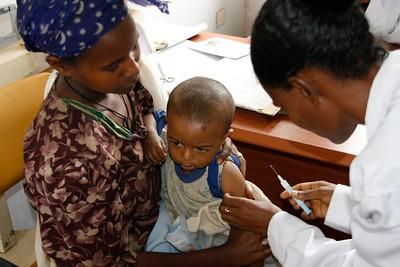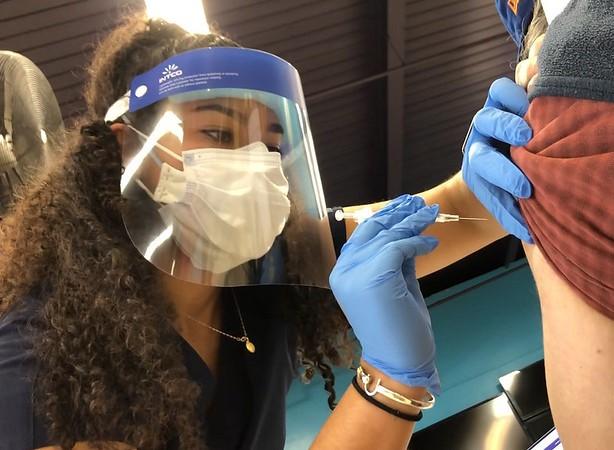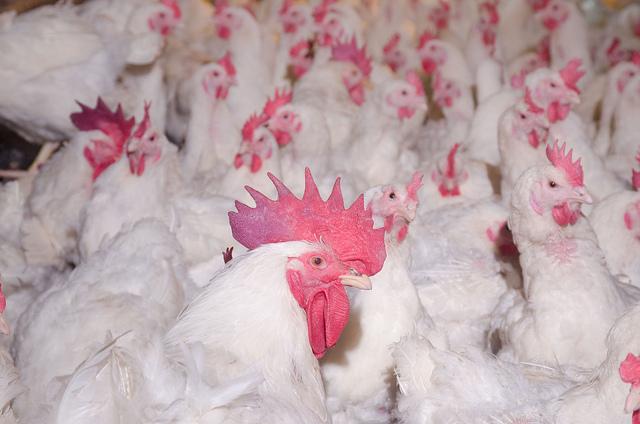
The World Health Organization (WHO) today released its annual global malaria report, which documents 11 million more cases in 2023 compared to 2022, with similar death rates. While malaria remains a serious global health threat, the African region bears the brunt of the disease as the site of 95% of malaria-related deaths.
Overall, an estimated 263 million cases and 597,000 malaria deaths occurred in 2023. This represents about 11 million more cases than in 2022 and nearly the same number of deaths.
But gains are being made towards malaria control in many countries. As of November of this year, 44 countries and 1 territory have been certified malaria-free, the WHO said. In 83 countries where malaria is endemic, 25 report 10 or fewer cases per year. In 2000, only 4 countries reported 10 or fewer cases annually.
Mortality rates drop
Mortality rates from malaria have also dropped, especially in Africa. Since 2015, the African region has seen a 15% drop in mortality rates. However, the region’s current mortality rate of 52.4 deaths per 100,000 population is still more than double the target of 23 deaths per 100,000 population.
Currently, 11 African nations report 70% of the world’s malaria cases (Burkina Faso, Cameroon, Democratic Republic of the Congo, Ghana, Mali, Mozambique, Niger, Nigeria, Sudan, United Republic of Tanzania, and Uganda). Ministers of health from the countries pledged renewed support of malaria control efforts earlier this year.
In many of those nations, strides are being made with deployment of new-generation nets, which account for 78% of the 195 million nets delivered to sub-Saharan Africa, up from 59% in 2022. And as of this month, 17 countries have introduced malaria vaccines through routine childhood immunization.
"No one should die of malaria; yet the disease continues to disproportionately harm people living in the African region, especially young children and pregnant women," said Tedros Adhanom Ghebreyesus, PhD, WHO director-general. "An expanded package of lifesaving tools now offers better protection against the disease, but stepped-up investments and action in high-burden African countries are needed to curb the threat."














